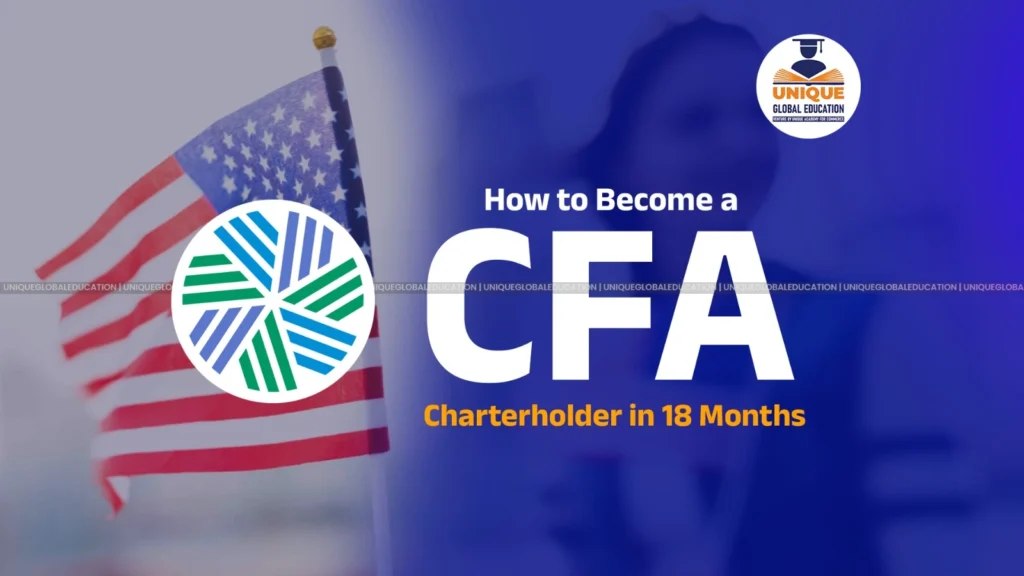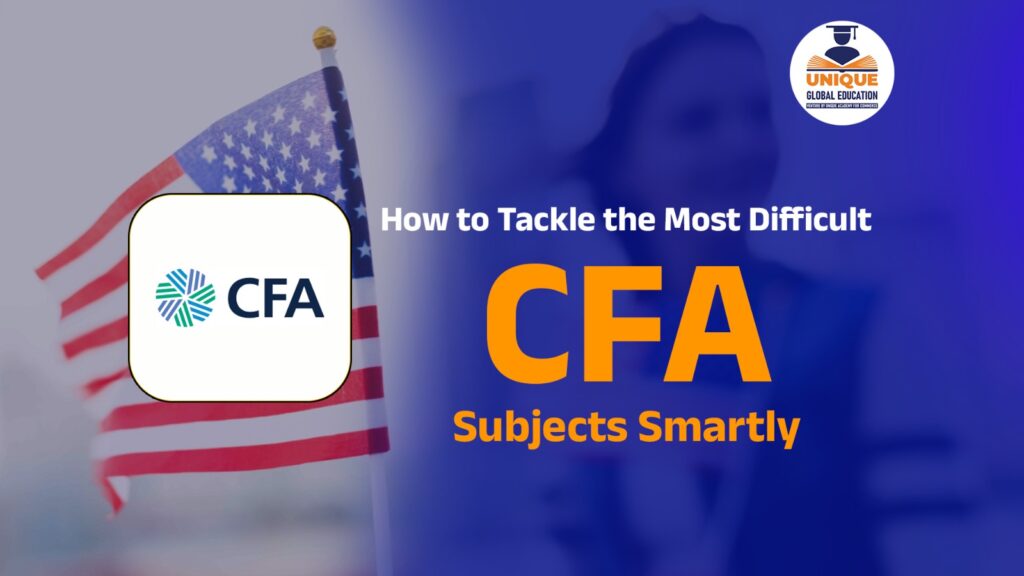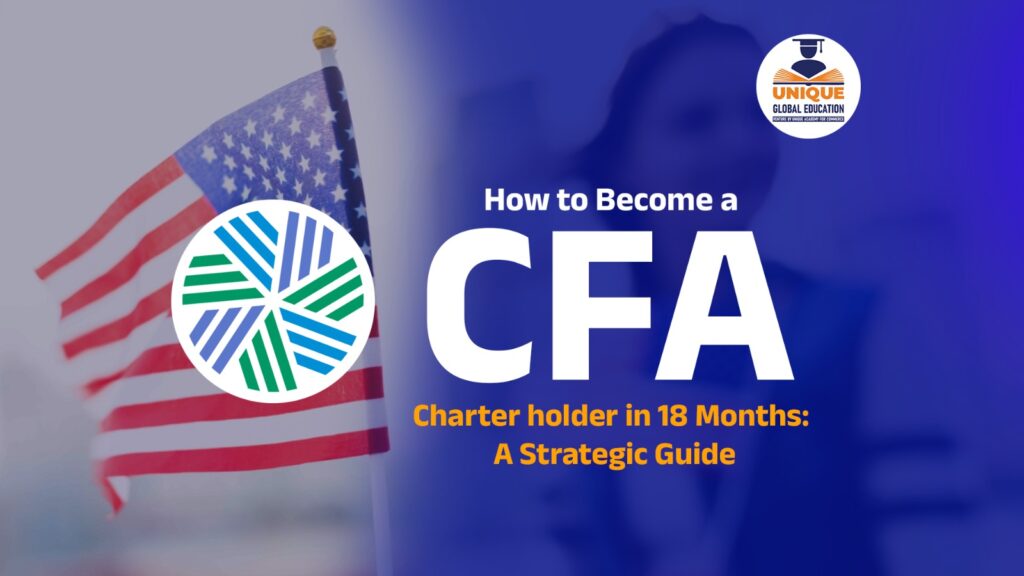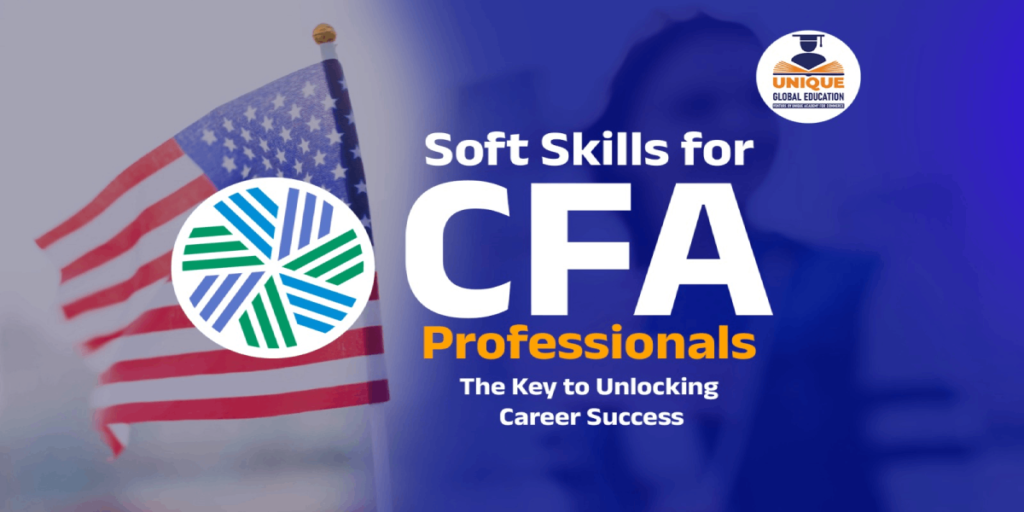The Chartered Financial Analyst (CFA) program is a well-respected global accreditation for finance and investment professionals. It provides learners an understanding of investment analysis, portfolio management and the process of making decisions, ethical and professional standards.
With CFA 2025 coming up, it is crucial to know what to expect on the exam, what topics it covers, and other important key details to pass. This blog is your CFA 2025 exams guide, from the structure, to jobs to preparation tips.
Table of Contents
Overview of the CFA Program
The CFA Program is an examination program to measure knowledge and skills in the field of finance. The three levels become progressively more challenging covering level I, foundation, level II, pricing assets, level III, portfolio management.
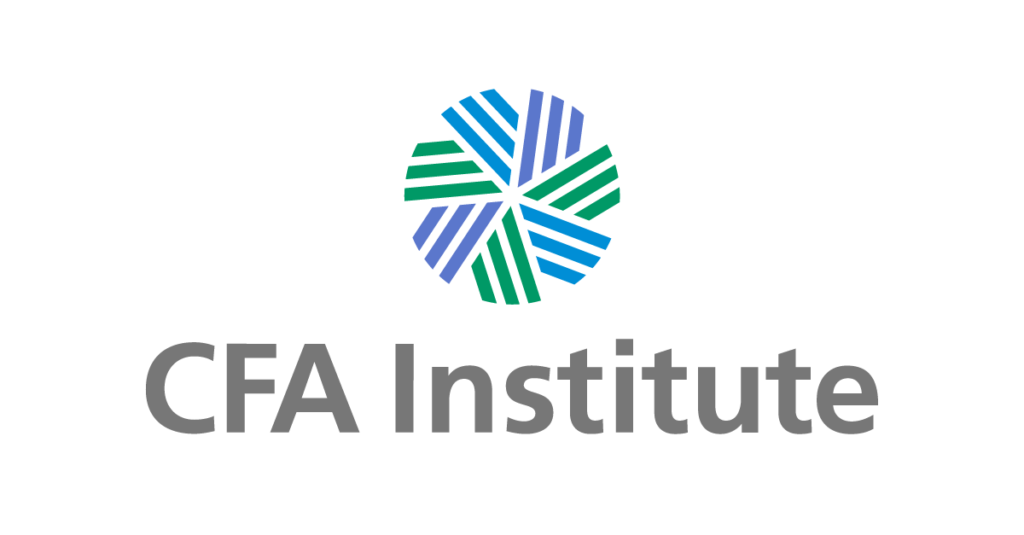
The course of study covers professional ethics, quantitative methods, economics, financial statement analysis, corporate finance, equities, fixed income, derivatives, alternative investments, and portfolio management. Candidates must pass all three levels to earn the CFA charter, and accumulate 4,000 hours of relevant work experience over at least three years, as well as become a member of the CFA Institute.
The CFA title is very respected in I-Banking, Asset Management and Private Equity. It represents professionalism, analyticity, and ethicality, and that is what being a charter holder from this institution makes you so valuable for leading firms in each continent.
CFA 2025 Exam Pattern
The CFA exams have been computer-based since 2021, and are delivered at Prometric and British Council test centers. The 2025 exams were no different, with a more relaxed schedule. Check out the exam pattern for each level given below.
CFA Level I Exam Pattern
The first level of the CFA exam will teach you the basics of tools which are used in investment management. It is a computer-based exam (CBE) of 180 Multiple Choice Questions (MCQs) divided into two sets of 90 MCQs each set in (135 min) each session. An intermission is offered between sessions.

- Format: Each item is multiple choice question with three answer choices (A, B, C) and assesses specific content and process skills. Questions are worded straightforwardly, avoiding “except” or “true/false” formats, and may contain other cues such as “most likely.”
- Topics and Weightage:
- Ethical and Professional Standards: 15%–20%
- Quantitative Methods: 8–12%
- Economics: 8–12%
- Financial Reporting and Analysis: 13–17%
- Corporate Issuers: 8–12%
- Equity Investments: 10–12%
- Fixed Income: 10–12%
- Derivatives: 5–8%
- Alternative Investments: 5–8%
- Portfolio Management: 5–8%
- Marking: There is no negative mark for incorrect answers.
- Time frame: Spend ~90 seconds on each question. There are 4 exam dates in 2025: February, May, August, November.
Candidates must register for a Practical Skills Module (PSM) such as Python Programming or Analyst Skills to get an outcome. PSMs add the real world, and are required at each certification.
Get More Details CFA Classes Pune and Face To Face Batches
CFA Level II Exam Pattern
The second part (Level II) emphasizes application of investment tools and concepts in asset valuation. It has a vignette structure in which the candidate must review a case study (item set) and answer associated MCQs.
- Format: EXAMINATION ITEM SETS: There are 22 item sets (88 multiple- choice questions) for the exam, with 11 sets in the 3-hour morning session and 11 in the 3-hour afternoon session. 4.Completed in 4 hours and 24 minutes (2 hours and 12 minutes per session), each program test includes 4 or 6 questions.
- Subjects: The same 10 subjects tested at Level I with an increased depth. Weight to Financial Reporting and Equity Investments tend to be higher and Ethics remains high at 10-15%.
- Scoring: No negative marks.
- Timing: Available three times a year (May, August, November) in 2025. Synthesising multiple concepts is needed for vignette analysis, so good timing is important.
- A different PSM is needed for Level II.
CFA Level III Exam Pattern

Level III focuses on investment manager and wealth management testing the ability to apply the material in real-life. For 2025, there is also focus on a Candidate’s Specialized Pathway (Portfolio Management, Private Wealth, or Private Markets), allowing the Candidate to cater the exam to their future career aspirations.
- Format: This is an exam with 11 item sets (MCQs) and 11 essay sets split over two sessions lasting 2 hours and 12 minutes a session (total of 4 hours and 24 minutes). Essay collections depend on contrived replies. – Content areas (65-70%): Asset Allocation, Portfolio Management, Performance Presentation, Derivatives, Risk Analysis, and Professional Standards. The Specialized Pathway would represent 30–35%.
- Marking: with no negative marking.
- Timing: Given twice in 2025 (February, August). Essay-style questions require a brief organized response.
- PSM: A Level-III specific PSM is required.
Exam Schedule and Registration
The CFA Institute offers multiple exam windows in 2025:
| CFA Exam Level | Exam Windows (2025) |
| Level I | February 17–23 |
| May 14–20 | |
| August 20–26 | |
| November 12–18 | |
| Level II | May 21–25 |
| August 27–31 | |
| November 19–23 | |
| Level III | February 13–16 |
| August 15–19 |
Scope of the CFA Designation
The CFA charter opens doors to many opportunities in the finance industry. In India, CFA charter holders are employed as:
- Portfolio Managers: Overseeing the portfolios of clients or institutions.
- Research Analysts: About securities and markets research.
- Risk Managers: Creating financial risk.
- Investment Banking Analysts: Assisting with deals and raising capital.
- Corporate Financial Analysts: Provided with the responsibility for promoting corporate decisions through financial analysis.
In India, the salary is between 6–12 lakh per annum for fresh graduates, and for senior positions, it is above 20 lakhs. Salaries internationally range from USD 50,000 plus upwards. Firms, including Goldman Sachs, JPMorgan and the Big Four, appreciate the CFA’s foundation in hard work and ethics.
With 1,20,000 members presence in 35 countries worldwide, the credential ensures global mobility and stands out through its comprehensive focus on investments, in comparison to other designations such as MBA in Finance or FRM.
Preparation Tips
- Get an Early Start: Plan to spend 300-400 hours per level, starting 6-9 months in advance.
- Leverage Official Resources: Prepare with the official CFA curriculum (digital curriculum available on registration) and practice with a CFA mock exam.
- Full PSMs: Select a path that suits your purpose (e.g. Level II -Data Science) and finish as soon as possible.
- Manage Your Time: Replicate exams as closely as you can, especially for Level II vignettes and Level III essays.
- Emphasize Ethics: Ethics is a big portion of the exam, especially level I and level III.
- Use it to your advantage Support yourself in study groups, or register for prep classes (e.g. use resources from The Wall Street School or Kaplan Schweser).
Conclusion
The CFA 2025 tests are a fast track to be a well-paid finance worker. Level I lays a foundation with 180 MCQs, Level II applies firm concepts with 88 vignette-style MCQs, and Level III integrates portfolio management topics into item sets, essays, and Specialized Pathways.
Under the design, the territory includes high-demand jobs including investment banking and asset management, and India offers decent earning potentials domestically and internationally.
The CFA journey is possible to defeat by starting early, utilizing the official material, and practicing rigorously. Visit https://www.cfainstitute.org/ for more information and to register. Enrol for the opportunity to join the CFA institute in 2025!
Get More Details CFA Classes Pune and Face To Face Batches





